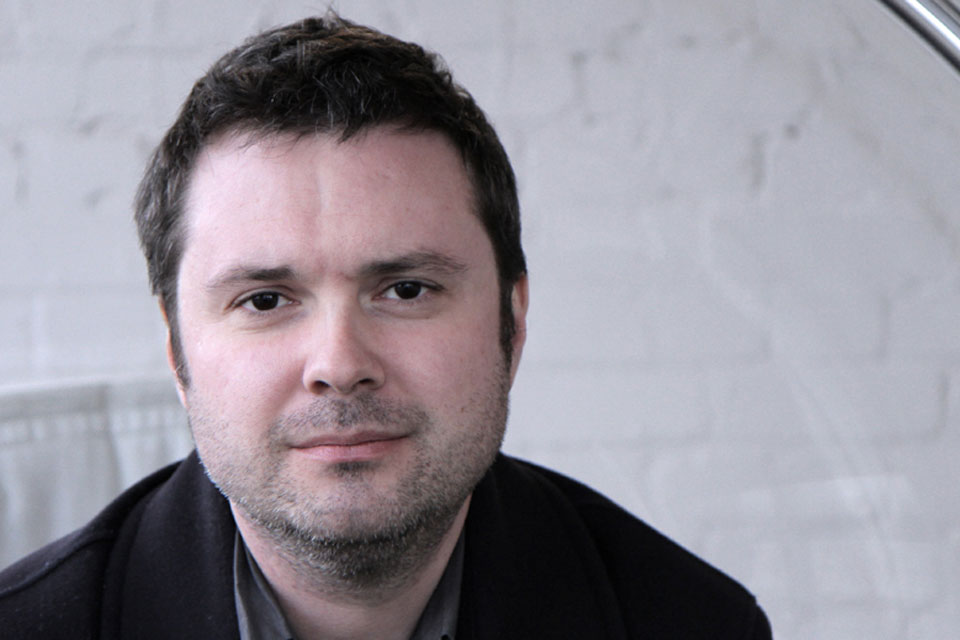Experiential Marketing is all rage these days, but it’s an older art of persuasion – Storytelling – that can really connect with your customers, suggests Sarner International’s Ed Cookson…
Behind the greats in business, there’s often an origin story. Whether it’s Steve Jobs and Bill Gates starting their computing empires from a bench in their home garage, or Richard Branson starting his first business out of a public phone booth, these are classic prologues for what is known in creative writing classes as ‘the hero’s journey’. They have gripped us since mankind first huddled around the fire, telling engaging, potentially life-saving tales of the tribe. We are storytelling creatures.
Hollywood screenwriting instructor Robert McKee argues that stories “fulfill a profound human need to grasp the patterns of living — not merely as an intellectual exercise, but within a very personal, emotional experience.” Creating an immersive experience that tells the origin story of a product – and where it’s heading – can be an effective way to engage with customers on a deeper level than more traditional marketing methods. The key to making them work – the same as Hollywood blockbusters and tales around the campfire – is memorable, instructional storytelling that resonates with the audience.
There’s a grand tradition of using immersive experiences to establish brands, including the promotion of entire countries and their goods and services. Branding took a leap in the mid-19th century with the advent of World Fairs and Expositions. These events were a chance for the general public to get first-hand experience of the products, cuisine and customs of other nations and ‘travel the world’ in one place. Wildly popular at the time, Prince Albert’s Great Exhibition of 1851 was credited with influencing Britain’s architecture, art and design and even generating a new wave of interest in world travel.
Experiential marketing is still working. Developments in 2017 include Kodak’s new 9,000 sq ft Experience Centre, a €16m expansion plan for the Guinness Storehouse (Ireland’s most popular visitor attraction), Disney’s Star Wars Hotel, Mario Kart’s immersive attraction (timed for launch during the Tokyo Olympics), and even a new theme park inspired by footballer Lionel Messi due to open in China in 2019.
These days, companies are more likely to use immersive experiences to reach new and existing customers via theme parks, pop-ups that showcase brand innovations or visitor centres. Even for celebrities, institutions and IP-based products, telling the story of the brand now needs to be more engaging than a few boards of old photographs, a shelf of ‘packaging through the ages’ and behind-the-scenes How-It’s-Done videos. When your product is well established, how can the story go deeper?
That’s where sensation comes into the picture – be it Cadbury World’s Heath Robinson-style gurgling, purple ‘chocolate machine’ that gives visitors a taste of what’s in store, or audio-visual environments like the ‘Dark Walk’ at Bodmin Jail in Cornwall, which will use state-of-the-art theatrics to tells the stories of the prisoners that passed through the 18th Century prison, beginning in the dank smugglers’ cave, passing along the stormy coastline, on through a crime-ridden Victorian village all the way to the grimy, rat-infested cells.
Of course, it’s a good idea to make sure the story you’re telling isn’t a Tall Tale. Consumers are only ever a few clicks away from a deep dive into a company’s public profile. Visitor attractions ought not only to reflect the sensations you want your brand to conjure up with loyal and new customers, but also be able to go through the ups and downs in the history of your organisation and pluck out the tales that demonstrate what the company is really like and what the brand stands for. It’s OK to admit to mistakes (short-lived changes in brand recipes that caused public outcry, for example) – that makes you more relatable; more human.
When brands get it right, their visitor attractions morph into something beyond a marketing exercise and become tourist destinations in their own right. Places like Jameson Distillery, Pez Visitor Center and Legoland ask their audiences to travel and pay for a brand experience.
It’s your story. It’s yours to tell. Find an honest, engaging way to show people not only what or how, but why your company does what it does they will feel connected to your brand. That’s human nature.





